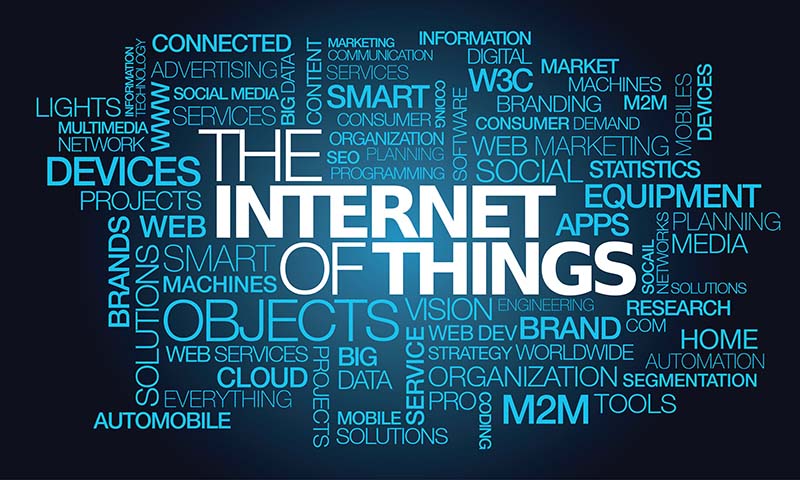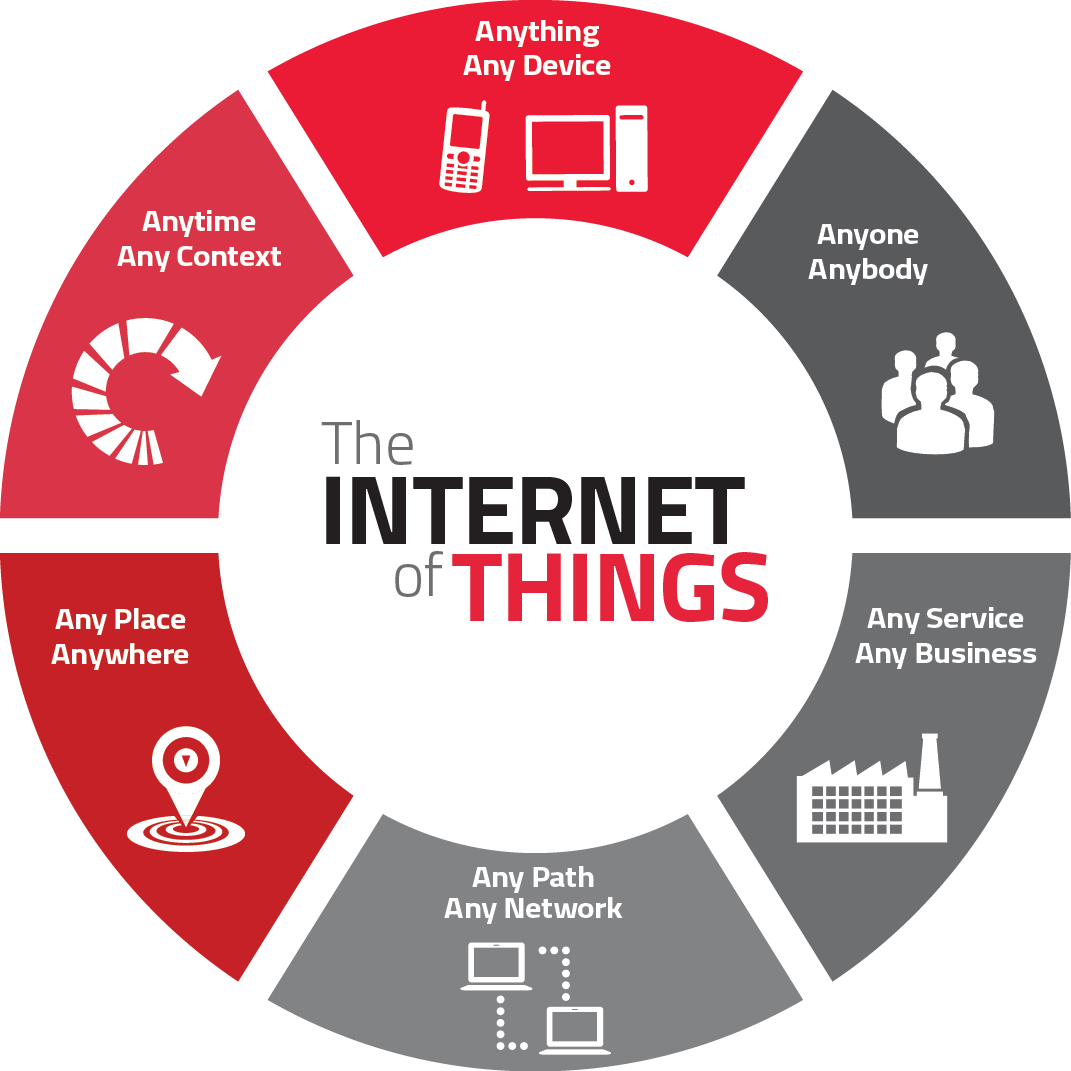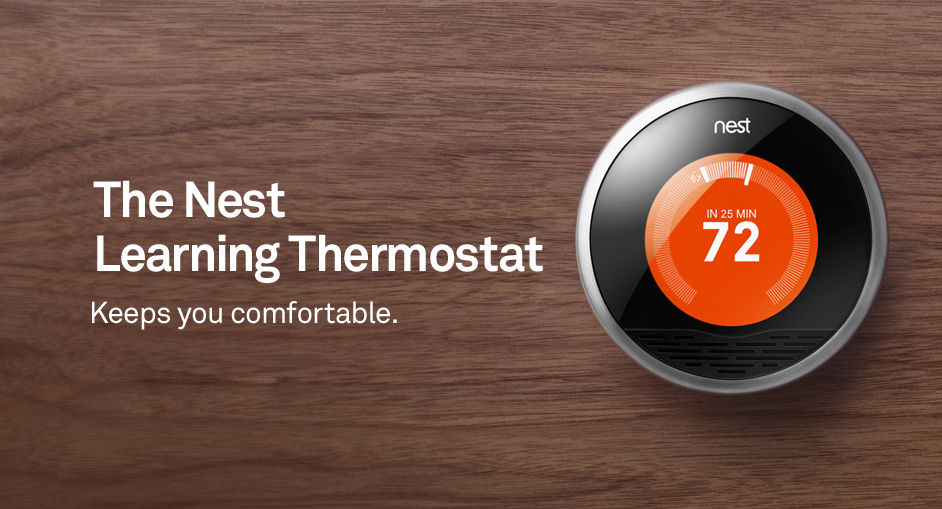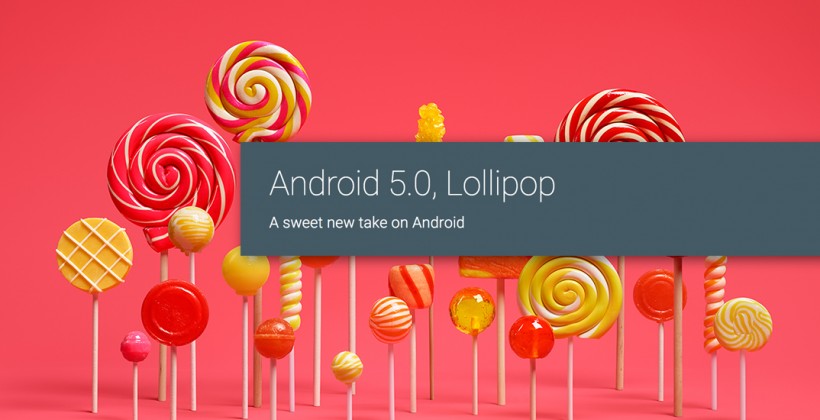By now you must have heard or read about the latest buzzword in tech circles, “The Internet of Things” or “IoT’ more frequently than before. But what is it exactly, and why are billion-dollar tech companies pegging it as the next big thing, something that can save everyone billions of dollars every year? And if it is indeed the next big thing, how come very few understand it well? And how will it affect the way we lead our daily lives in the near future?
Allow us to explain.
In its very simplest form, IoT is a concept, a protocol. The idea is that every gadget, every appliance, and every electronic device in your house will be interconnected via the internet. Ideally, this means that anything as tiny as your headphones to something as large as a jet engine can be connected and be made to work with each other. Microwave ovens, dishwashers, lights, cars, laptops, phones, security systems, lawnmowers, and almost anything you can conjure up; if it has an on-off switch, it can be connected.
As the name explains, the backbone of all these networked devices is the internet. As broadband becomes cheaper and more accessible by the day, and more and more devices are outfitted with Wi-Fi, Bluetooth, and other wireless capabilities, we are closer to the IoT than ever before.
So how does this affect us in real world terms?
Picture this. You’re leaving office after a hard day at work. As you exit your office’s main door, your PC shuts down, triggered by motion sensors and a smart lock working in tandem. The lights dim, and the security systems turn themselves on. The key in your pocket has already alerted your car of your approach, and has cooled itself down to your desired temperature. As you draw closer, sensors in the car unlock the door for you and let you in. The radio will have been set to your favorite FM station, and the seats will have warmed and adjusted to your preference. Your navigation system will calculate the fastest route to your destination, and inform your house of your return.
At your house, your coffee machine already knows that you want a nice cup of coffee as soon as you arrive, and so it checks your inventory for some coffee beans and discovers that it is out. It sends an alert to your neighborhood grocery store, which promptly dispatches it before you even reach home. By the time you enter home, a fresh pot of Ethiopia’s finest is waiting for you, your lights have turned themselves on, security system is deactivated, and the TV is tuned to your favorite channel.
All these isn’t the stuff of sci-fi anymore and, despite a few glitches and niggles along the way, we are getting there faster than we think.
On a broader scale, IoT will be applied to things like transportation networks, garbage disposal, water and electricity distribution networks, and traffic regulators, creating smart cities which can help us reduce waste and improve efficiency all around. The possibilities for the internet of things are virtually endless.
In the IoT, every device you have, and every device in the world, will possess an uniquely identifiable number, a kind of Internet address, that will allow you to access it from anywhere you have internet. This is also what enables them to communicate them with one another, even if they’re made by different manufacturers, and serve different purposes.
Unbeknown to us, IoT is already creeping into our lives even as we speak. We now have wearables that work in tandem with our smartphones and laptops, and lamps like Philips’ Hue that can be controlled via Wi-Fi from your phone and tablets. Refrigerators with active smell sensors are already making waves, and ceiling fans like the new Haiku from Big Ass fans can play along with your air conditioner.
One of the biggest players in the Internet of Things is Nest Labs, the company founded by former Apple engineers Tony Fadell and Matt Rogers, and recently acquired by Google for a whopping $3.2 billion despite it having produced only two products in its short history. So, clearly Google sees the potential behind this idea of which Nest is a proponent.
Nest’s first product, a beautiful and smart thermostat that could’ve very well been designed by Apple, famously learns the activity patterns of a home’s residents, so that your HVAC system operates only during those times of the day when someone is around to benefit from it. If the house is quiet and still during the day, the thermostat will assume that its occupants are gone and adjust the temperature so that the heater or air conditioner isn’t running, saving energy and money while reducing your carbon footprint. Its second product, a simple smoke and carbon monoxide detector, is designed to work seamlessly with the thermostat, as well as existing smart home appliances and security and alarm systems. The Nest Protect features a multicolored light ring which is color-coded to indicate different operations, such as yellow to indicate an early warning or red if an alarm is sounding. The ring also has a motion detector which turns it white briefly when someone passes under to provide illumination. The Nest Protect is voice-activated and warns of an alarm sounding briefly before it does. It is also able to communicate with the Nest Thermostat to provide the Auto-Away feature information that someone is present in the house, as well as to shut off the furnace in the event of a fire or carbon monoxide.
Nest isn’t the only IoT pioneer in Google’s arsenal. Dropcam, a video surveillance system company, is also now under Nest Labs, bought out for $555 million.
More and more smart appliances are entering the market every day. Jawbone’s Up fitness tracker can communicate with the Nest Thermostat to adjust the temperature when you wake up in the morning. Whirlpool recently launched washer dryers that works with the Nest Thermostat to detect when you are home and switches to quiet mode, or if it notices you are away, activates a refresh mode so your clothes remain fresh. Mercedes-Benz is introducing cars that can let the Nest Thermostat know when you are near home, so it can activate the heating so the house is the correct temperature.






